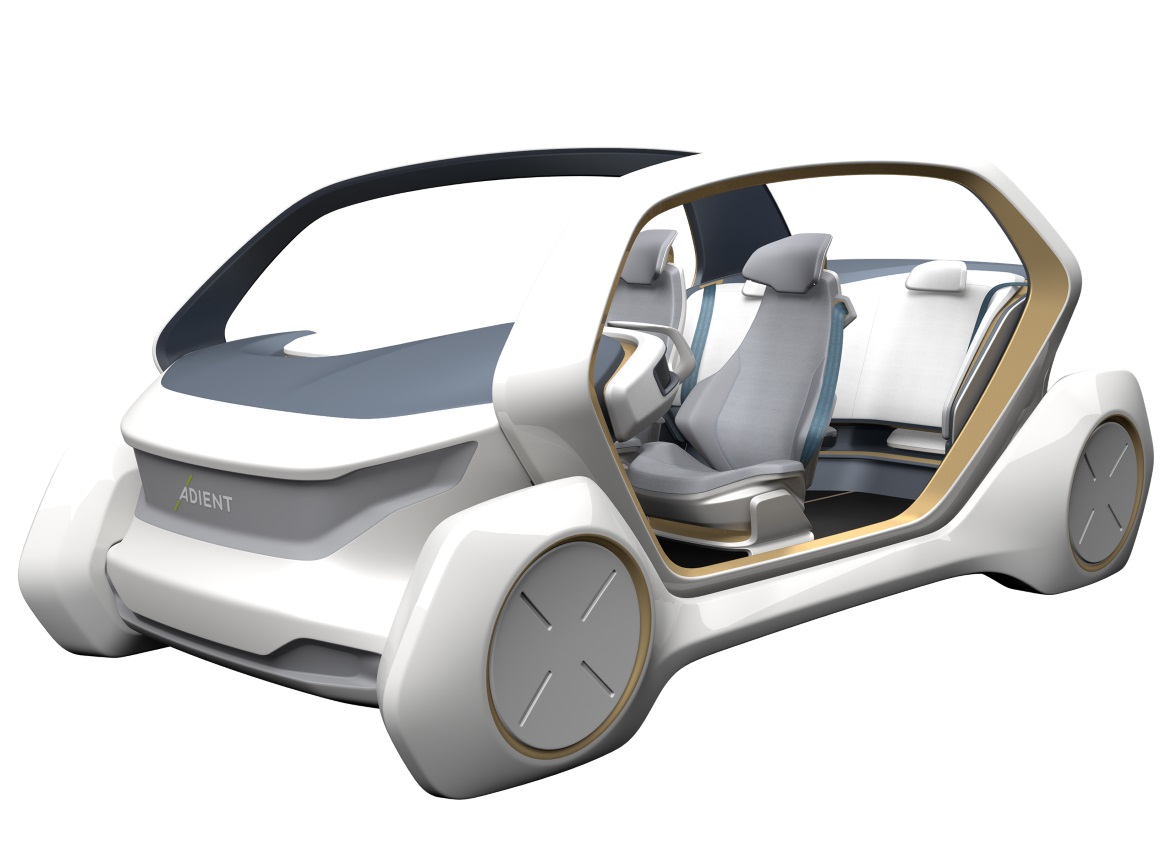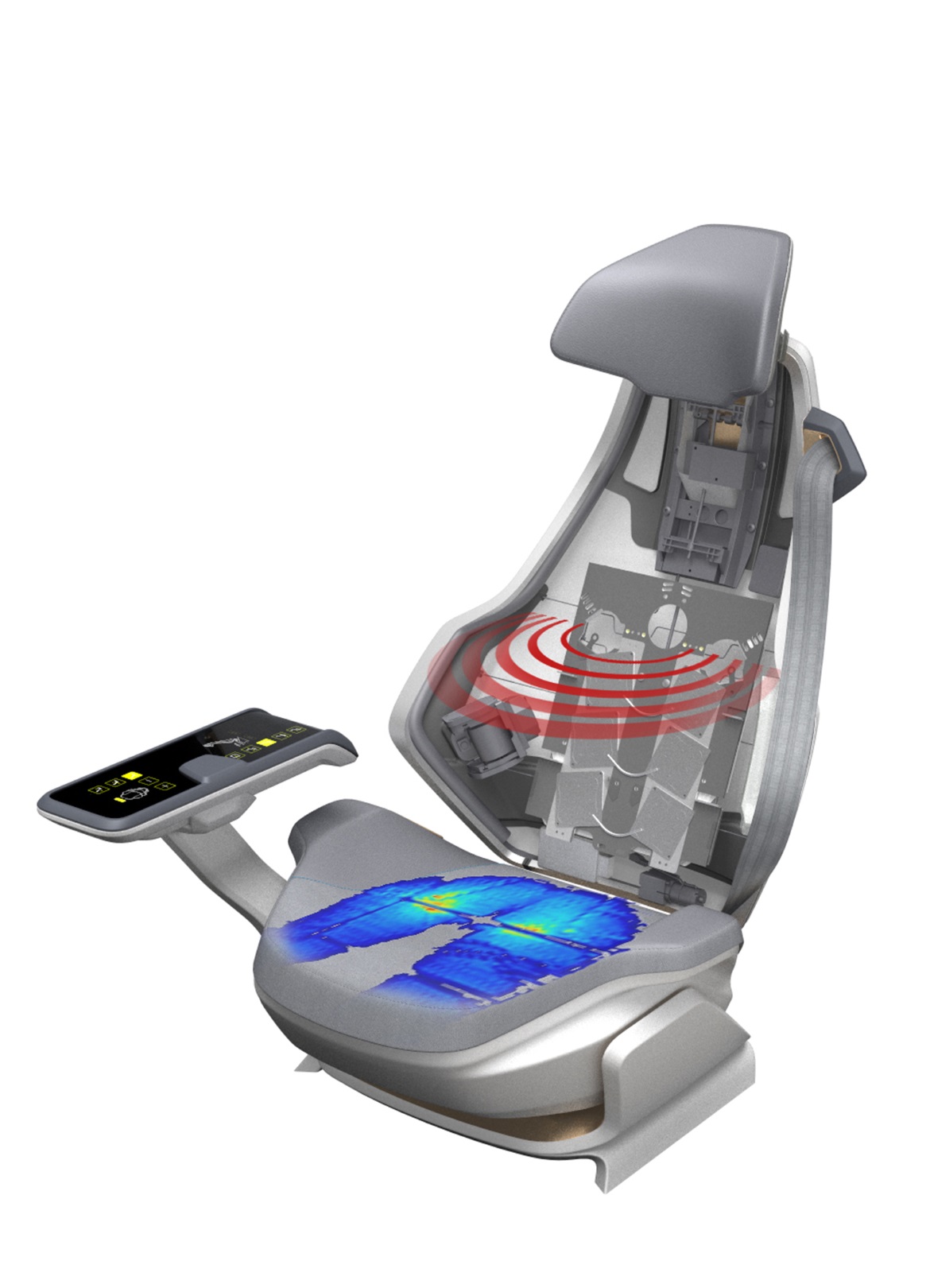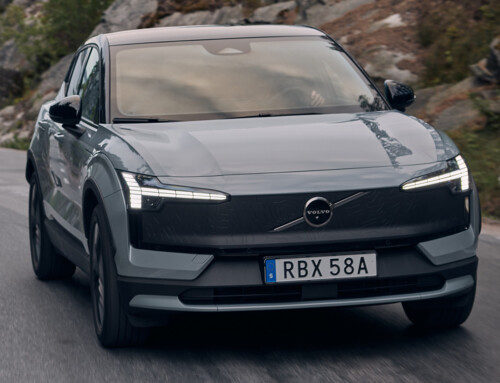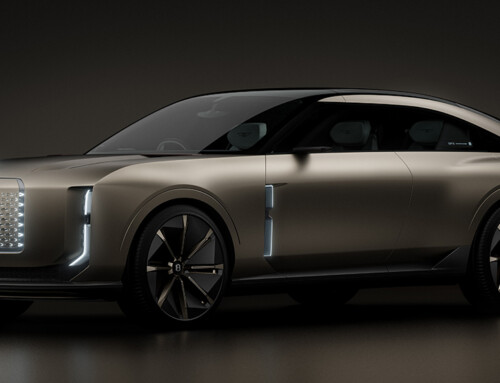With the arrival of autonomous driving, car interiors will become extensions of our offices, our homes or simply places where you can relax or converse. They are well aware of this at Adient, world leader in the production and marketing of car seats with a market share of 33%, 86 thousand employees and 250 production sites in 37 countries. We met Richard Chung, Vice President Innovation of Adient, Andreas Maashoff, head of the Department of Industrial Design and Craftmanship and Marzio Raveggi, CEO and Chairman of the Group’s Italian division, who introduced us to the AI-18, their latest interiors prototype, unveiled at the Frankfurt Show in 2017.
This cutting-edge concept has been designed to equip driverless vehicles with modular, innovative solutions. “Drivers will become real passengers and have more time to do what they want, they will experience the cockpit much more intensely. They will reach their destination more safely and less stressfully thanks to the advanced technology of our products”, said Chung. The AI-18 can be configured in five modes, Lounge, Communication, Cargo, Family and Baby Plus, depending on passenger needs. We move from a setting aimed at complete relaxation, in which the seats recline as in a first class flight, to a combination dedicated to work with tables and wifi connection, up to an arrangement to meet the needs of those who have to load up numerous pieces of luggage or a stroller, which is handled by making the rear seats totally disappear. At the front, a number of sensors monitor the seating positions, as well as the passenger’s blood pressure and heartbeat, trying to reduce the occupant’s stress level by means of a relaxing massage.
All these features and other vehicle settings are controlled via an intelligent control panel integrated in the armrest. A fully modular, customisable configuration created with the aim of meeting the needs of a rapidly evolving market. “Our products can be used on a wide range of vehicles, from micro-cars to MPVs and small buses”, concluded Chung.













